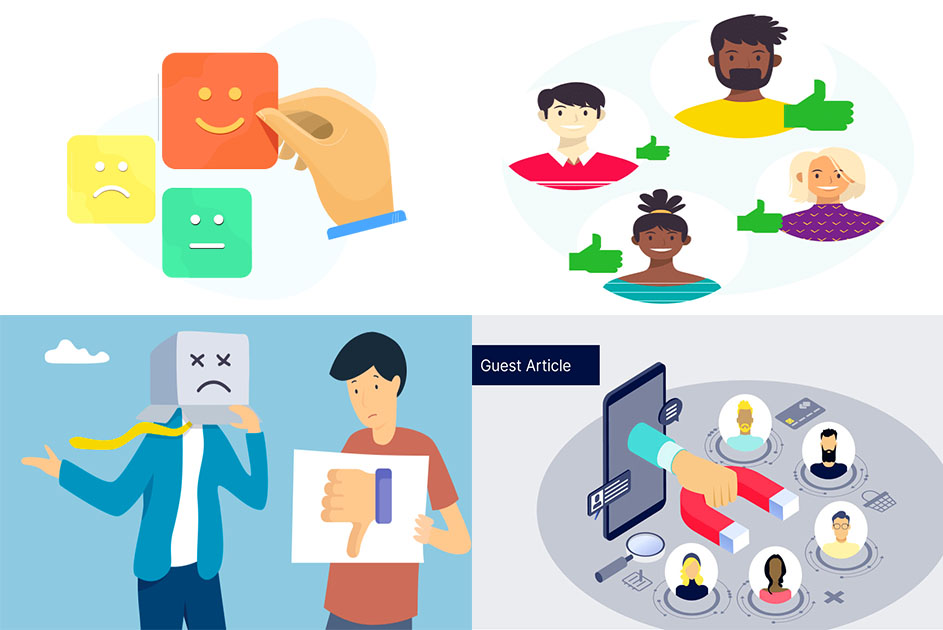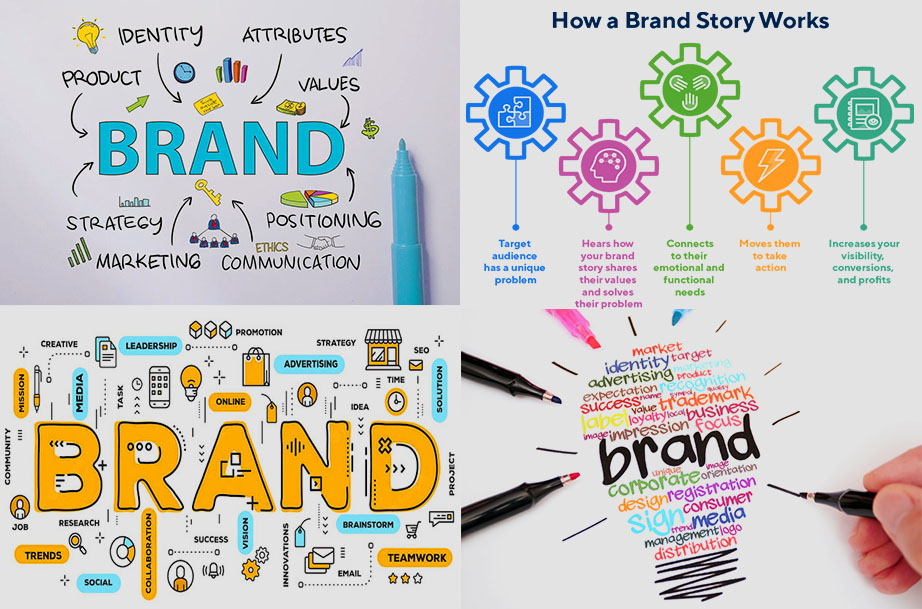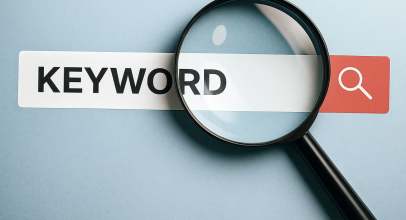Attracting customers is a cornerstone for the success of any business, whether it's a large enterprise or a small operation, offline or online, B2B or B2C.
The more actively your customers engage with your brand, the stronger their connection and loyalty become.
For a better understanding, picture a classroom where your brand plays the role of the "teacher," and your customers are the "students."
The hallmark of a successful "teacher" lies in how interactive and engaged the "students" are—similarly, this holds true for modern brands.
But Wait, What Is Customer Acquisition Strategy Then?
As you may have guessed, customer acquisition strategy is essentially a "plan":
- Enhancing customer satisfaction through positive interactions.
- Reaching and connecting with customers through the latest chosen channels.
- Engaging with customers personally, online, by phone, or via email.
Why Is Customer Acquisition Crucial? How Can You Improve Customer Acquisition? How Do You Measure Customer Engagement? Two Key Questions to Consider
Important disclosure: We take pride in being partners with some of the tools mentioned in this guide. If you click on an affiliate link and subsequently make a purchase, we will receive a small commission at no extra cost to you (you won't pay anything extra).
Why Is Customer Acquisition of Decisive Importance?
Customer engagement emerges as a pivotal strategy.
Here's what the data is telling us:
- It boosts revenue and productivity while reducing churn. According to Gallup research, B2B companies effectively engaging their customers experience 63% less customer churn, a 55% increase in wallet share, and a 50% boost in productivity. Another study claims that highly engaged customers make purchases 90% more often and spend 60% more per transaction.
- It enhances self-service levels for customer assistance. This allows customers to help themselves when seeking answers to common queries. Knowledge base software can be a potent self-help tool for customers, further deepening their involvement with your business.
- Provides valuable customer feedback and understanding. Research also suggests that 81% of consumers willingly share significant personal information in exchange for a more personalized experience. In other words, brands can use this valuable data to craft more hyper-personalized, customer-oriented campaigns.
- Improves the overall customer experience. Personalized campaigns are a significant win for approximately 79% of customers. According to data, consumers agree that the more personalization tactics a brand employs, the more loyal they will be. This automatically leads to a more positive and productive customer interaction.

Customer engagement delivers 360-degree advantages for customers, stakeholders, and businesses.
It has taken on a new significance, encompassing user-centric, emotionally charged conversations and value-driven growth.
The next most crucial question: How Can You Improve Customer Acquisition? Fortunately, many brands are elevating the game of customer acquisition to a new level, showcasing cutting-edge experiences.
To remain relevant and thrive in 2024 and beyond, brands must transition to digital channels and explore innovative ways to attract users.
Personalized Marketing
We've already discovered that customers are willing to provide brands with more personal data in exchange for a high-quality personalized experience.
The annual Spotify "Wrapped" campaign serves as an intriguing case.
Why does this type of personalized campaign work in terms of user engagement?
Here are three crucial reasons:
- It piques users' interest in information about their listening habits.
- It's enjoyable and highly shareable. The report informs users whether they belong to the top percentage of an artist's fan base, creating a sense of personal achievement for them.
- It instigates a sense of competition and encourages users to share their individual reports.
All these efforts collectively orchestrate purposeful and personalized interaction between the customer and the brand, elevating the level of customer engagement.
Brands that can successfully leverage customer information, such as transaction history, behavioral patterns, marketing preferences, etc., will be at the forefront of innovations for customers.
They will be able to support existing customers and loyal buyers through effective real-time data utilization.
Demonstrate Your Brand Values

Today, customers seek to collaborate with brands that can effectively showcase a robust set of values externally.
In other words, brands that can successfully (and honestly) convey their values and culture will establish deeper relationships with customers who share those same values.
This shared sense of purpose can positively influence how customers perceive the brand. Take, for instance, the case of Reebok, which in 2020 took to social media to address the #BlackLivesMatter issue:
To resonate with consumer beliefs and internal values, brands need to first showcase their system of cultural values. This allows them to better relate to the consumers they interact with.
Develop Your Brand's Persona
Every highly effective brand possesses a distinct personality, a character that resonates with consumers. Nike, Netflix, Spotify, Starbucks, you name it.
Each brand has something that sets it apart from others and motivates customers to identify with the brand as a cohesive whole. One of the boldest and strongest brands that consistently demonstrates the power of creating a unique persona is Nike.
A recent video, honoring mothers as the strongest athletes and promoting a new line of active maternity wear, exemplifies our fourth point.
The campaign begins by posing a simple yet powerful question to the audience:
"Are you an athlete?" "You're a mother."
And concludes with:
"If you aren't both. No one is."
Here's why the campaign works, showcasing the brand's bold and impressive persona through a one-minute video:
Powerful storytelling: The narrative is direct, relatable, straightforward, and realistic in depicting motherhood with a focus on breastfeeding. Additional engagement level: In addition to the video release, the brand collaborated with London fitness expert Jane Wake to create four workouts for the Nike Run Club app, tailored for motherhood. Every time your brand endeavors to go the extra mile to humanize itself and showcase its "true personality," it can attract customers authentically and emotionally.
Monitor Customer Interactions and Respond to Reviews
One of the fatal mistakes brands make is forgetting about negative reviews posted by customers—a significant blunder.
53.3% of customers expect companies to respond to negative reviews within a week. So, if you believe that ignoring your customers' reviews online and word of mouth, whether negative or positive, can be overlooked, think again.
Starbucks is a brand that takes its customers' opinions seriously. The brand has created a dedicated website called "My Starbucks Idea" where customers can share their ideas and feedback, and the brand works to bring relevant suggestions to life.
The brand aims to address customer issues and promptly and effectively respond to negative reviews.
How Do You Measure Customer Engagement?

There are numerous metrics that companies can use to measure the level of customer engagement. Here's a list of our top favorites:
- Pageviews/Sessions: This metric shows the level of traffic on your website, helping you understand how often users visit your site and measure the number of users visiting a specific page on your site.
- Net Promoter Score (NPS): This metric indicates how likely a customer is to recommend or endorse your current and new products to friends and family. It reveals whether your customers are satisfied with your brand or not.
- Social Media Analytics: This metric measures the number of likes, shares, comments, mentions, and other actions on your brand's social media posts to gauge the level of engagement and interest users have in your brand's social presence. Various social media management tools like Google Analytics offer detailed reports on your brand's social media performance.
- Time on Page: This metric helps understand how much time people spend on your website's content. It indicates users' interest in your site's content.
- Bounce Rate: This is the percentage of website visitors who leave your site after viewing only one page or exit the site without completing a desired action (e.g., clicking a CTA button, signing up for a webinar, etc.). This metric helps understand how engaged (or unengaged) your website visitors are.
- Customer Satisfaction Score (CSAT): This metric allows you to learn from customers how satisfied they were with their recent interaction with the company. You can follow up with additional questions to better understand customers' responses.
- Customer Lifetime Value (CLV): This metric relates to the total contribution a customer makes to the company over their lifetime. Here's the formula for calculating CLV: CLV = (Purchase Frequency) * (Time Period) * (Profit)
There are thousands of other metrics that can help gauge how sticky your brand is to customers.
These metrics enable brands to track effectiveness and develop next steps using real-time user data.










